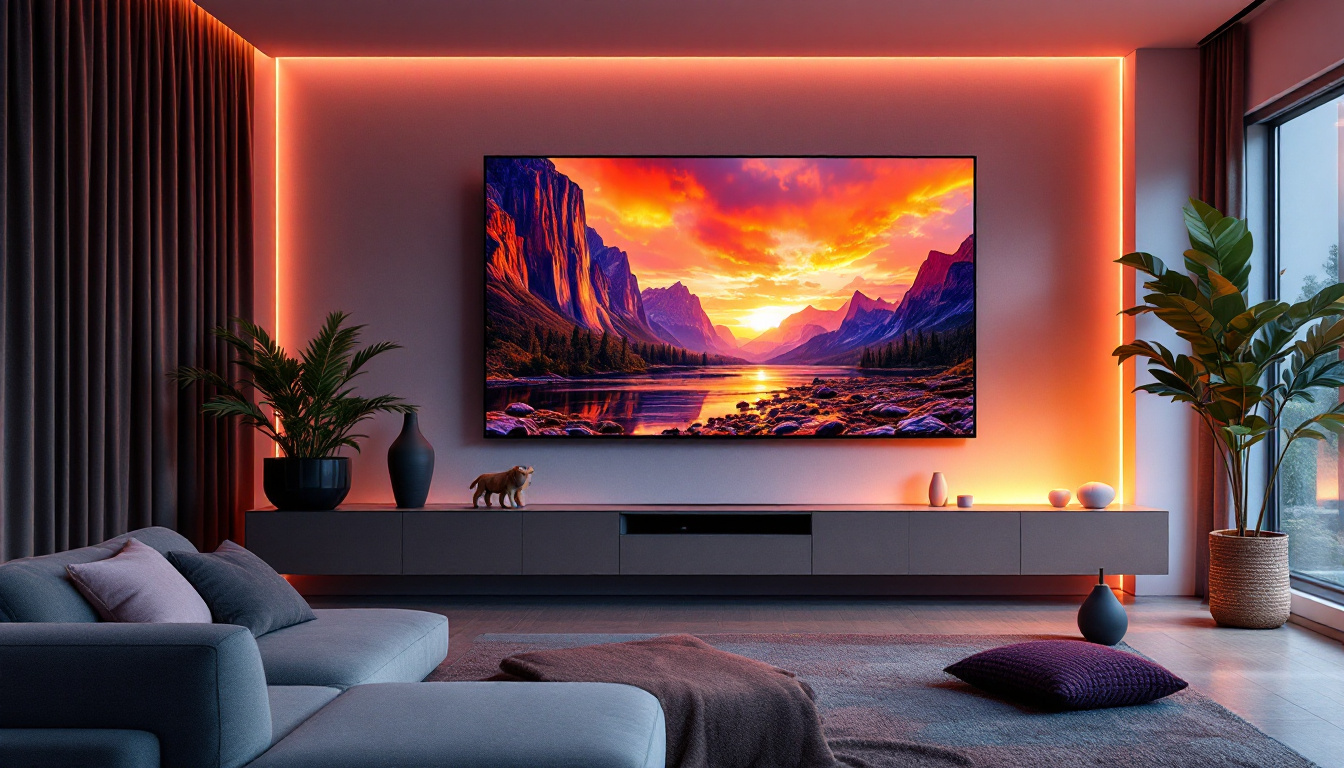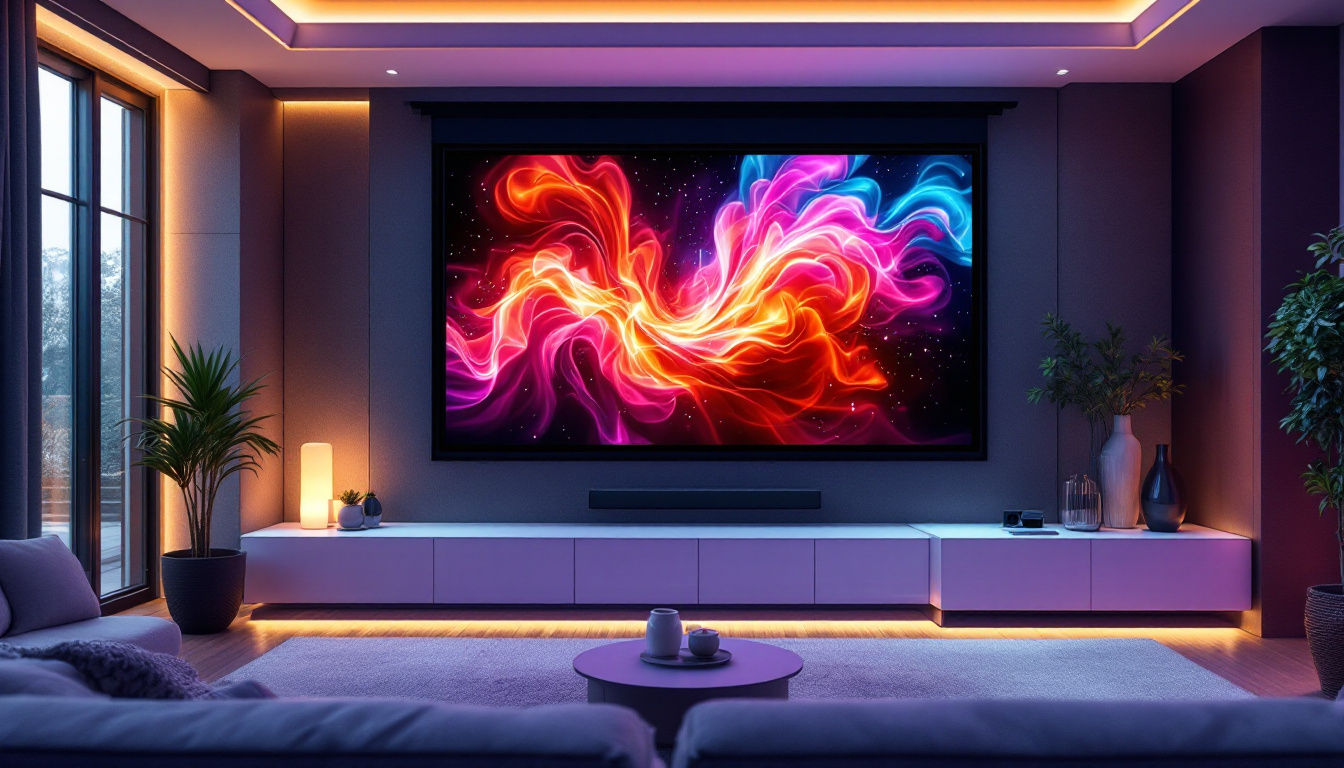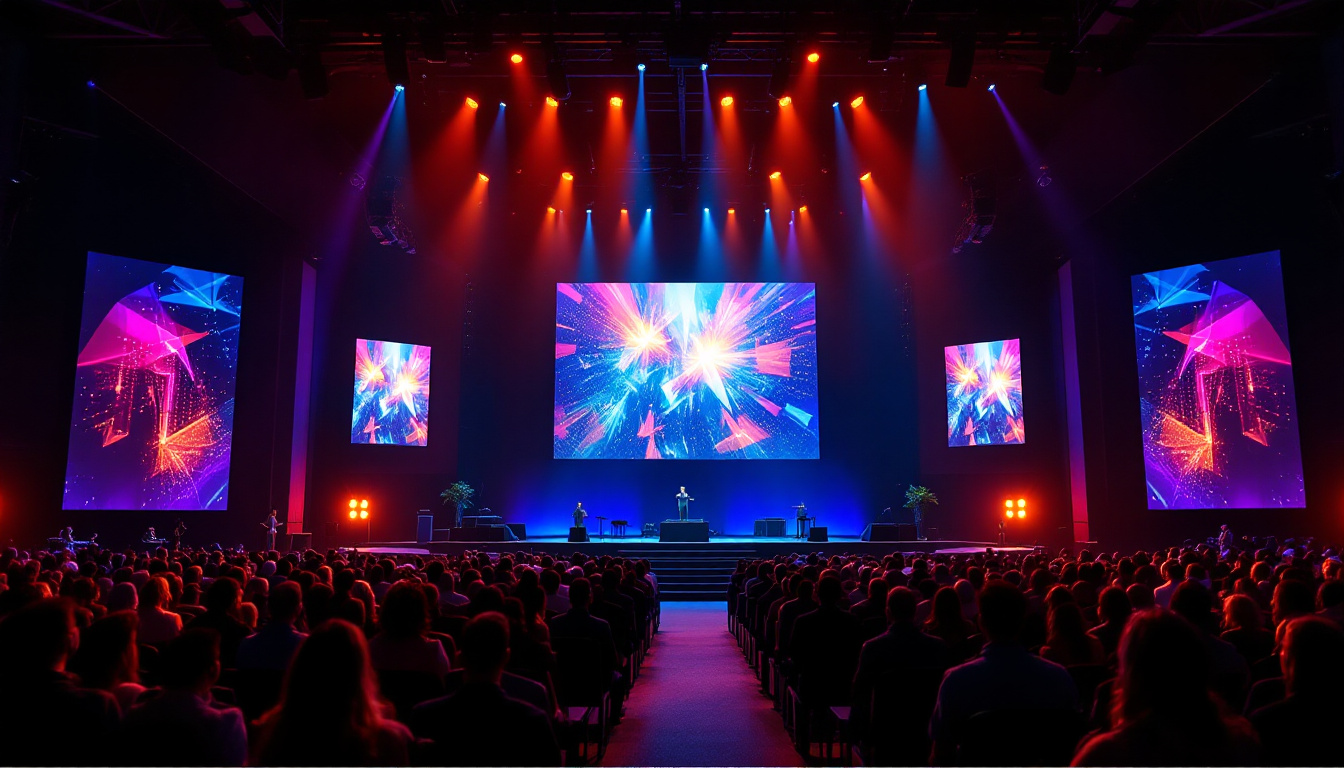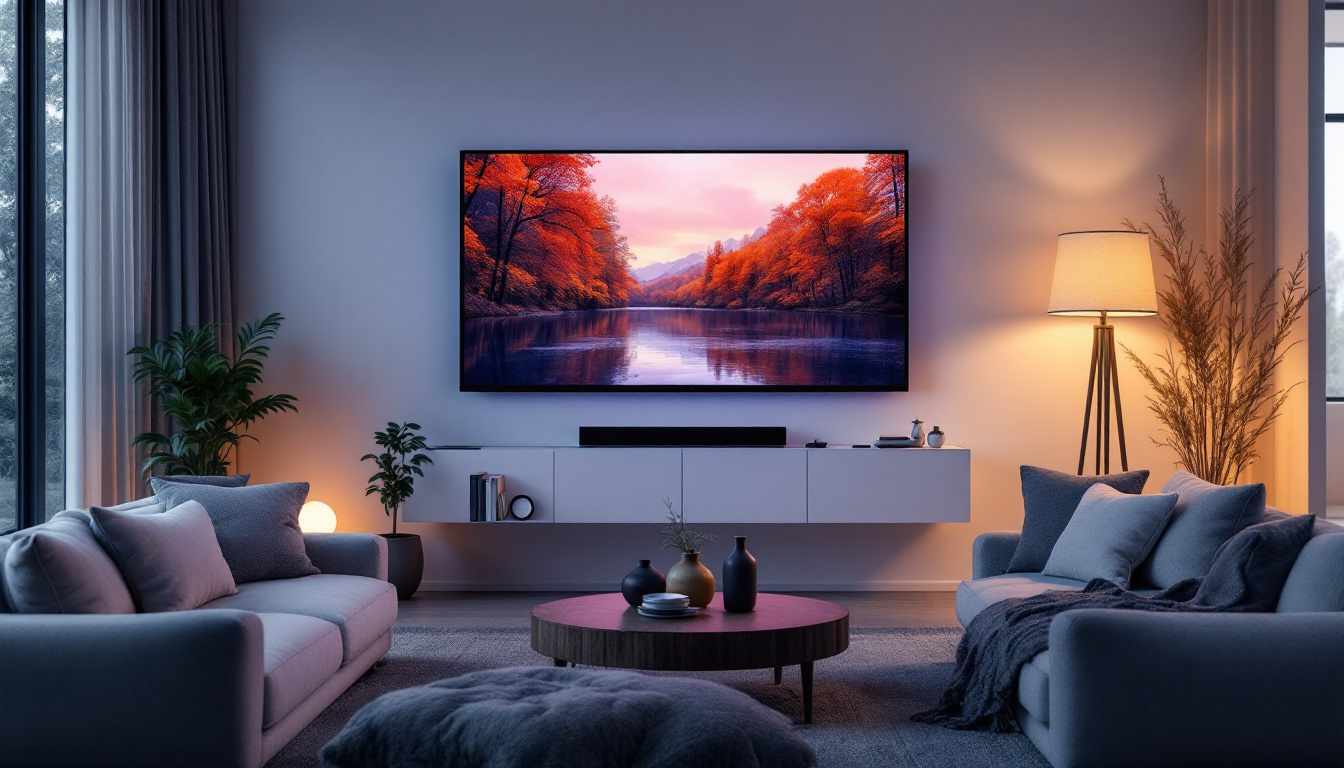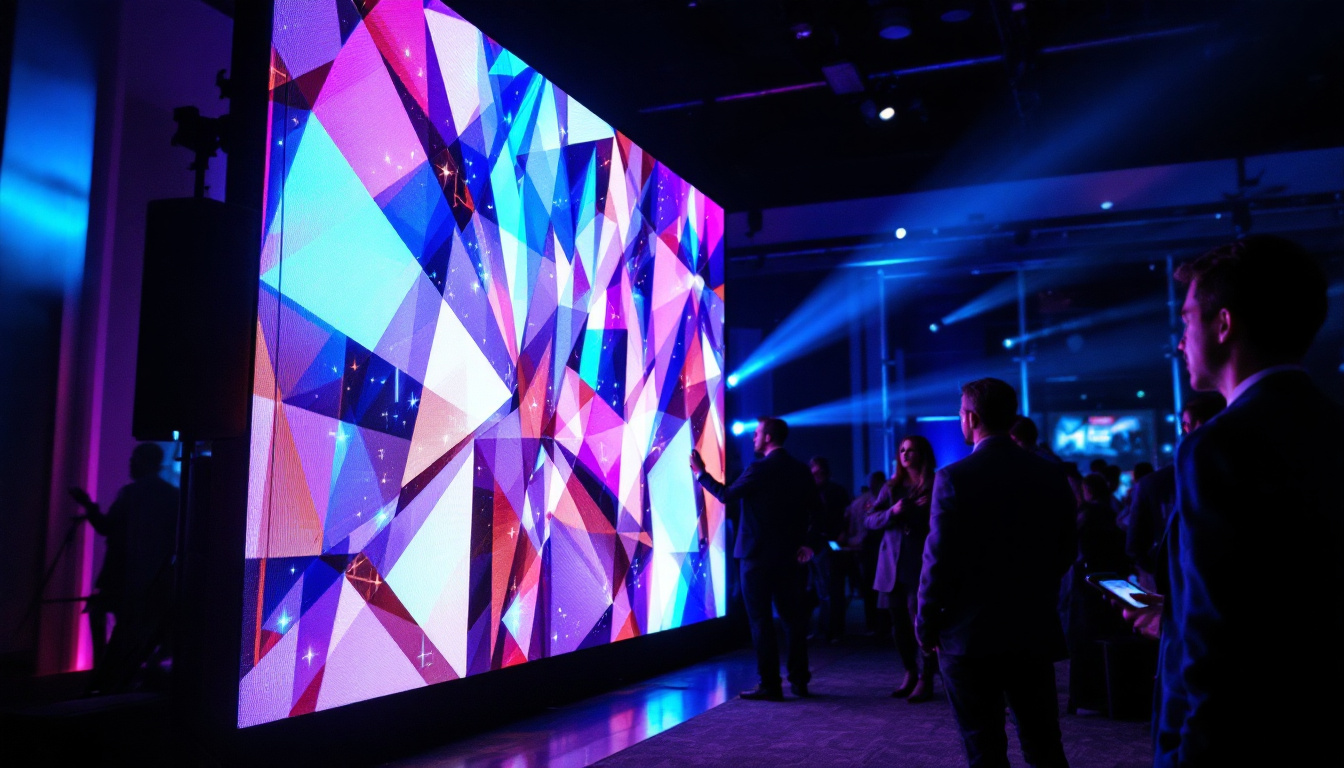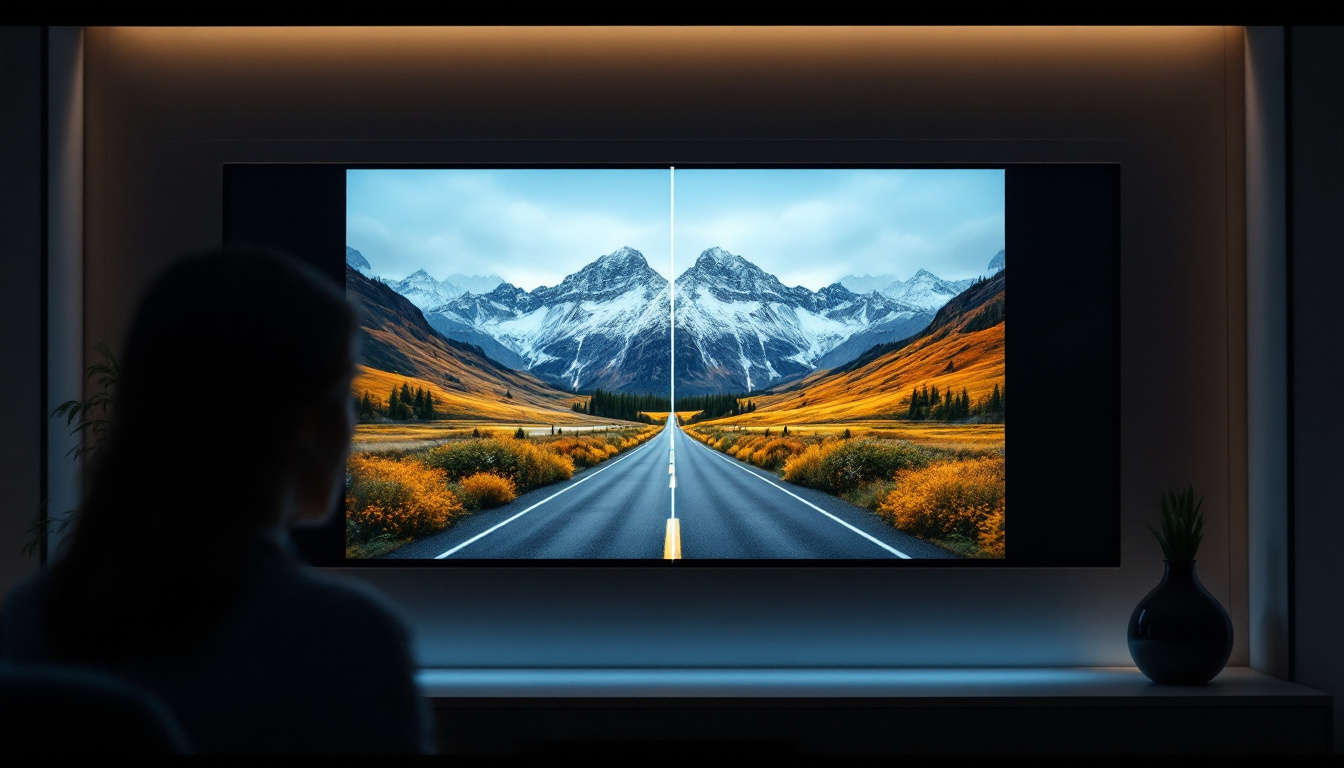In the ever-evolving world of television technology, the debate between plasma and LED displays has been a topic of interest for many consumers. As technology advances, understanding the differences between these two types of displays becomes crucial for making informed purchasing decisions. This article delves into the intricacies of Tivi Plasma and LED displays, exploring their features, advantages, and potential drawbacks.
Understanding Plasma Displays
Plasma displays utilize a technology that involves small cells filled with gas. When electricity is applied, the gas ionizes, producing ultraviolet light, which in turn excites phosphors to emit visible light. This process allows for vibrant colors and deep blacks, making plasma displays particularly appealing for movie enthusiasts and gamers. The unique construction of plasma screens, with their individual cells, enables them to create images with a level of detail and richness that is often unmatched by other display technologies.
Advantages of Plasma Technology
One of the standout features of plasma displays is their exceptional color accuracy. Plasma screens can produce a wider color gamut compared to many LED displays, resulting in more lifelike images. Additionally, plasma displays are known for their superior black levels. The ability to turn off individual pixels means that plasma TVs can achieve true black, enhancing contrast and depth in images. This capability is particularly advantageous for watching films in dark environments, where the depth of blacks can significantly impact the overall viewing experience.
Another advantage is the viewing angle. Plasma displays maintain consistent color and brightness levels even when viewed from the side, making them ideal for larger rooms where viewers may be seated at various angles. This characteristic is particularly beneficial for gatherings and family movie nights. Furthermore, the fast response times of plasma displays help reduce motion blur, making them excellent for fast-paced content such as sports or action films. This combination of wide viewing angles and rapid refresh rates ensures that everyone in the room can enjoy a clear and vibrant picture, regardless of their position relative to the screen.
Drawbacks of Plasma Displays
Despite their many advantages, plasma displays do have some drawbacks. One significant concern is their susceptibility to burn-in. This occurs when static images are displayed for extended periods, leaving a ghost image on the screen. While modern plasma TVs have measures to mitigate this issue, it remains a consideration for potential buyers. Users are often advised to vary their content and utilize screen savers to minimize the risk of burn-in, especially for those who enjoy gaming or watching channels with static logos.
Additionally, plasma displays tend to consume more power than their LED counterparts. This can lead to higher energy bills over time, making LED displays a more environmentally friendly option. Furthermore, plasma TVs are generally heavier and bulkier, which can be a drawback when it comes to mounting or relocating the unit. The weight and thickness of plasma screens may require more robust wall mounts and can complicate installation in smaller spaces. Despite these challenges, many enthusiasts still prefer plasma technology for its unparalleled picture quality, viewing experience, and the emotional impact it can bring to visual storytelling.
The Rise of LED Displays
LED displays, or Light Emitting Diode displays, have gained immense popularity in recent years. Unlike plasma technology, LED displays utilize a backlighting system that illuminates liquid crystal displays (LCD). This technology allows for thinner and lighter screens, making LED TVs a more versatile option for various living spaces. The sleek design of LED displays not only enhances the aesthetic appeal of home entertainment setups but also allows for easier wall mounting, contributing to a more modern and streamlined look in contemporary interiors.
Benefits of LED Technology
One of the primary advantages of LED displays is their energy efficiency. LED TVs consume significantly less power compared to plasma displays, making them a more sustainable choice for environmentally conscious consumers. This efficiency translates to lower energy bills and a reduced carbon footprint. Furthermore, many manufacturers are now incorporating eco-friendly materials and production processes into their LED products, further enhancing their appeal to green-minded shoppers.
LED displays also offer a longer lifespan than plasma TVs. While plasma screens typically last around 60,000 hours, LED displays can last upwards of 100,000 hours, making them a more durable option for long-term use. This longevity is particularly appealing for consumers looking for a reliable television that will stand the test of time. Additionally, the reduced need for frequent replacements contributes to less electronic waste, aligning with global efforts to promote sustainability in technology.
Limitations of LED Displays
Despite their many benefits, LED displays are not without their limitations. One of the most notable drawbacks is the black level performance. While LED technology has improved significantly, achieving true black levels remains a challenge. This can result in washed-out blacks and a less immersive viewing experience, particularly in dark scenes. The contrast ratios, although better than older technologies, still struggle to match the deep blacks offered by OLED displays, which can be a deciding factor for cinephiles and gamers alike.
Additionally, LED displays can struggle with color accuracy when viewed from extreme angles. This limitation can detract from the overall viewing experience, especially in larger rooms where viewers may not be seated directly in front of the screen. However, advancements in technology, such as OLED and QLED, are addressing these issues and providing consumers with more options. Moreover, many manufacturers are now incorporating technologies like local dimming and enhanced color calibration to mitigate these drawbacks, ensuring that consumers can enjoy a more vibrant and accurate picture quality regardless of their seating position.
Comparing Plasma and LED Displays
When choosing between plasma and LED displays, several factors come into play. Understanding the differences in technology, performance, and usage scenarios can help consumers make an informed decision that aligns with their viewing preferences.
Picture Quality
Picture quality is often the most significant factor in the decision-making process. Plasma displays excel in color accuracy, black levels, and motion handling, making them a favorite among cinephiles and gamers. The ability to produce deep blacks enhances contrast and overall image depth, creating a more immersive experience.
On the other hand, LED displays have made significant strides in picture quality, particularly with the introduction of local dimming and HDR (High Dynamic Range) technology. While they may not achieve the same level of black depth as plasma, they offer improved brightness and color vibrancy, making them suitable for well-lit environments.
Viewing Environment
The viewing environment plays a crucial role in determining which display type is best suited for a particular space. Plasma displays are ideal for darker rooms, where their superior black levels can shine. In contrast, LED displays perform exceptionally well in bright environments, where their higher brightness levels can combat ambient light.
For consumers who frequently watch television during the day or in brightly lit rooms, an LED display may be the better option. However, for those who enjoy late-night movie marathons in a darkened room, a plasma display could provide a more satisfying experience.
Cost Considerations
Cost is another important factor to consider when comparing plasma and LED displays. Generally, LED TVs are more affordable than plasma models, especially as technology continues to evolve and prices decrease. Additionally, the lower energy consumption of LED displays can lead to long-term savings, making them a more budget-friendly option.
However, it’s essential to weigh the initial cost against the potential benefits. For those who prioritize picture quality and immersive viewing experiences, investing in a higher-end plasma display may be worthwhile, despite the higher upfront cost.
The Future of Display Technology
As technology continues to advance, the landscape of television displays is evolving rapidly. While plasma displays have largely fallen out of favor, the innovations in LED technology, including OLED and QLED, are paving the way for a new era of visual experiences.
Emerging Technologies
OLED (Organic Light Emitting Diode) technology is gaining traction as a leading alternative to both plasma and traditional LED displays. OLED screens offer the same deep blacks and vibrant colors as plasma displays, while also being thinner and more energy-efficient. This technology has the potential to combine the best aspects of both worlds, providing consumers with an exceptional viewing experience.
QLED (Quantum Dot LED) is another emerging technology that enhances LED displays by utilizing quantum dots to improve color accuracy and brightness. This innovation allows for a more vivid and dynamic picture, making QLED a strong contender in the display market.
Consumer Preferences
As consumers become more knowledgeable about display technologies, their preferences are shifting. Many are now seeking televisions that offer a combination of superior picture quality, energy efficiency, and longevity. The rise of streaming services and high-definition content has also influenced consumer expectations, making it essential for manufacturers to continually innovate and improve their offerings.
Ultimately, the choice between plasma and LED displays will depend on individual preferences, viewing habits, and environmental factors. As technology continues to evolve, consumers will have access to an ever-expanding array of options, ensuring that there is a perfect television for every viewer.
Conclusion
In the battle between Tivi Plasma and LED displays, each technology has its unique strengths and weaknesses. Plasma displays are renowned for their exceptional color accuracy and black levels, making them ideal for dark environments and cinematic experiences. Conversely, LED displays offer energy efficiency, longevity, and versatility, making them suitable for a wide range of viewing conditions.
As technology continues to advance, consumers are encouraged to stay informed about emerging trends and innovations in the display market. By understanding the differences between plasma and LED displays, viewers can make informed decisions that enhance their viewing experiences and meet their specific needs.
In the end, whether one prefers the rich, immersive qualities of plasma or the bright, vibrant visuals of LED, the important thing is to choose a display that aligns with personal preferences and viewing habits. With the right information, consumers can confidently navigate the world of television technology and find the perfect screen for their entertainment needs.
Discover the Future of LED Displays with LumenMatrix
As you consider the advancements in display technology and seek a solution that aligns with your preferences for vibrant visuals and energy efficiency, LumenMatrix stands at the forefront of LED innovation. With a commitment to creating displays that transform environments and captivate audiences, LumenMatrix offers a comprehensive range of LED display solutions. From Indoor and Outdoor LED Walls to specialized options like Vehicle, Sports, and Floor LED Displays, each product is designed to deliver maximum impact. Embrace the revolution in visual communication and check out LumenMatrix LED Display Solutions to find the perfect fit for your entertainment and business needs.

